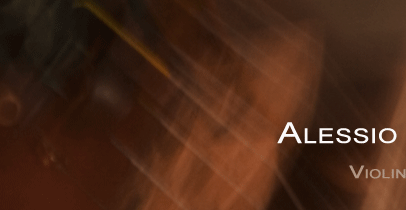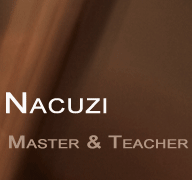



|
Special Course for Children between 3 and 6 years old: Ludic approach and tested experience (Rolland, Suzuki) Violin lessons: for pupils of any age and level.Preparation for exams and concerts. Course for relaxation in violin playing: Dedicated to all pupils and professionals who suffered Tendinitis,Back and Neck pains. RELAXATION TECHNIC COURSE FOR VIOLINISTS Brief history of the Hungarian school The Hungarian violin school started with Jòzsef Böhm, when in 1819 he began to teach in the first violin class of Vienna's Conservatory . Böhm studied in Budapest ,with his father, and with Rode(probably when he was in Russia), so he is the link between the French school (an evolution of the Italian school through Viotti)and the Hungarian one.Böhm class will give birth to the following Hungarian violinists: Joachim, Auer, Flesch, Singer, Nachez, Hubay; and to violinists of other nationalities as: Hellmesberger, Dont, Ernst (perhaps Hungarian), Laub, Kneisel and Klingler. The importance: Joachim will teach in Berlin, Auer in Russia and in America, Flesch in Swiss and England, Hellmesberger and Dont in Vienna, Hubay in Brussels and Budapest, Laub in Russia, Klingler in Germany and Kneisel in America.Among the violinists which were pupils in Budapest academy, created by Hubay,we find: Tibor Varga (director of Sion academy), Gertler (head of string-department in Brussels), Szigeti (head of string-department in Budapest), Sandor Vegh (director of the Mozarteum), Ilona Feher (teacher of Schlomo Mintz in Tel Aviv), Oskar Back (founder of Amsterdam's school). But how is the technique of relaxation connected to this great tradition? Someone will perhaps have heard about Kato Havas, Geza Silvay, Paul Rolland, Gerle or Suzuki. The first four have studied in Budapest academy in the same cultural atmosphere and with the same technic. Suzuki studied in Berlin with Klingler (Joachim student). I quote these violinists because of their fame, but they are part of a long list of key-persons in world musical life coming out from Hungarian school. Kato Havas is author of the book "Stage fright" in which all the problems of posture are faced. Sensitive to these problems, Rolland has created the violin school system in the U.S. and collaborated with F.M. Alexander, Silvay organized the string-department in Helsinki "Sibelius" academy, Gerle collaborated with Rolland and Havas and worked in U.S.Why are all these teachers and soloists working in the best academies and conservatories? It must be told that in Budapest academy there is a violin pedagogy class since the year of its foundation in 1875.Since then it is collecting the elements of the violin playing tradition and those of researchers. Very big importance is given to pedagogy and to its diffusion. Alessio Nacuzi has studied at "F. Liszt" Academy in Budapest with the head of string-department and with the head of string-department in Brussels' Royal Conservatory (both Hungarians), where he get the violin master degree "with distinction". |

